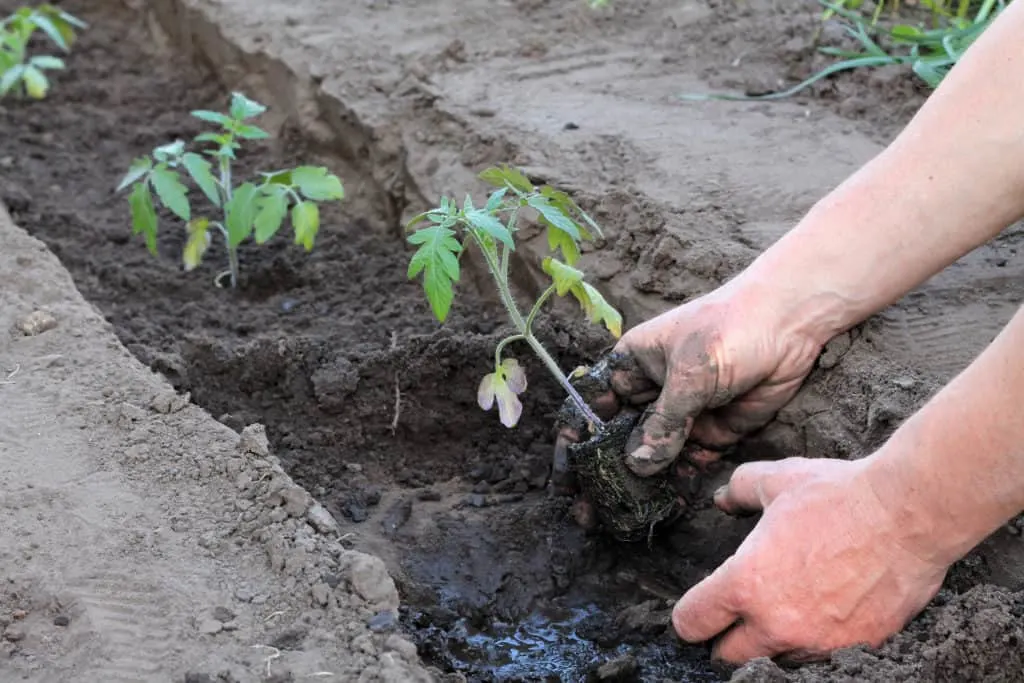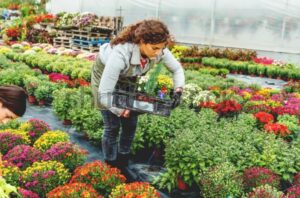Category: Homesteading
HEATING WITH FIREWOOD FACTS VS MYTHS
WHAT TO KNOW ABOUT HURRICANES (+ THE 5 STAGES)
THE TRUTH ABOUT LABRADORS
THE TRUTH ABOUT SIBERIAN HUSKIES
THE TRUTH ABOUT SORGHUM ( PLUS A TRIP TO MUDDY POND TENNESSEE)
The Beginner’s Guide To Grass Fed Beef
THE TRUTH ABOUT DEXTER CATTLE
AMERICAN BLACK BEARS OF APPALACHIA
Running vs Biking
WHY CAN’T I CATCH ANY FISH?
why
WHAT MOTIVATES YOU? (One Life Series)
ARE THERE ABSOLUTES? (One Life Series)
WHY AM I SO UNLUCKY? (One Life Series)
How To Eliminate Wasps and Hornets Cheap and Easy (Update)
BAD BOY MAVERICK ZERO TURN MOWER REVIEW
Growing Your Small Farm Business
Growing Your Small Farm Business
Farming is no longer just a hobby – it’s a business opportunity. With the right knowledge, resources, and determination, you can turn your hobby farm into a profitable enterprise. It may seem daunting at first, but there are many steps you can take to monetize your hobby farm and make it a successful business venture. Below, American Outdoors shares some tips that will help you get your small farm business up and running. Continue reading
Roasted Chicken In A Brown Paper Bag
Baked in a brown grocery bag this tender, juicy chicken will impress even the toughest critic!
Plant Tomatoes Deep Or Sideways- The Secret To Your Best Harvest Ever

You’ve probably come across the common gardening advice arguing that planting tomatoes deeply is an absolute must.
It seems to go against all gardening instincts – especially when proponents recommend the leaves should be buried too.
But, as strange as it may sound, this piece of advice is absolutely true.
Although it is widely circulated across the internet and in gardening circles, there is often an important omission – why should you plant tomatoes deep? And how deep should you plant?
We’re going to break it down.
Sow Thistle
Sow Thistle Offers Multiple Menu Options
Found almost everywhere, this dandelion look-alike is equally as versatile.
Name: SOW THISTLE
(Sonchus oleraceus and other species)
Sunflower family (Asteraceae)
DESCRIPTION
Sow thistle is commonly mistaken for dandelion, to which it is related. Sow thistle is an annual weed with a more or less erect stem that grows from 1 to 4 feet tall.
The young plant forms a rosette of large, pinnately divided leaves, which are characterized by their almost-triangular terminal lobe. The young sow thistle is distinguished from dandelion by its tender, bluish-green leaves. The lower leaves on the mature plant are glaucous (dull, grayish-green or blue) and pinnately divided. The upper leaves of the mature plant are more or less entire, and they clasp the stem. When a leaf is torn or the stem is cut, a white sap oozes out.

The sow thistle flower is very similar to a dandelion flower. (Photo: Christopher Nyerges)
















